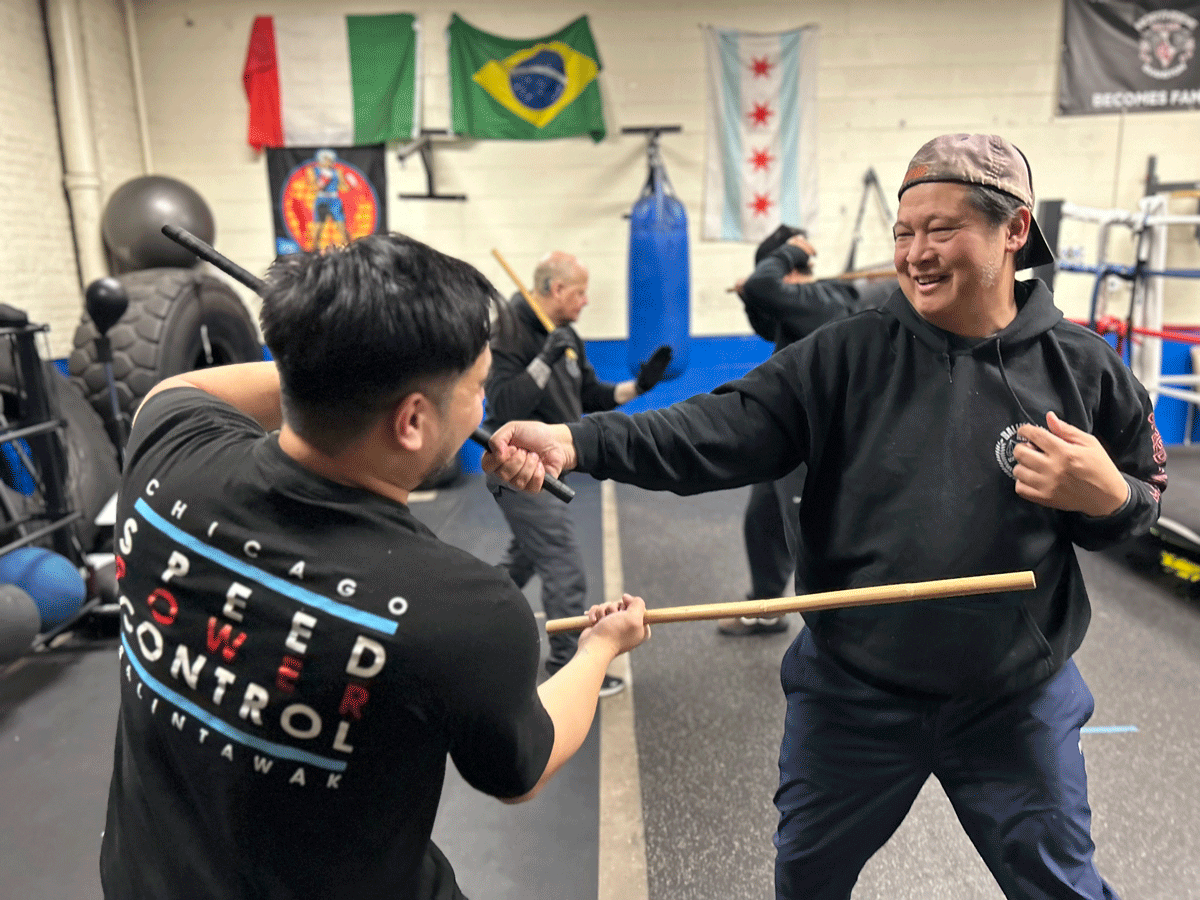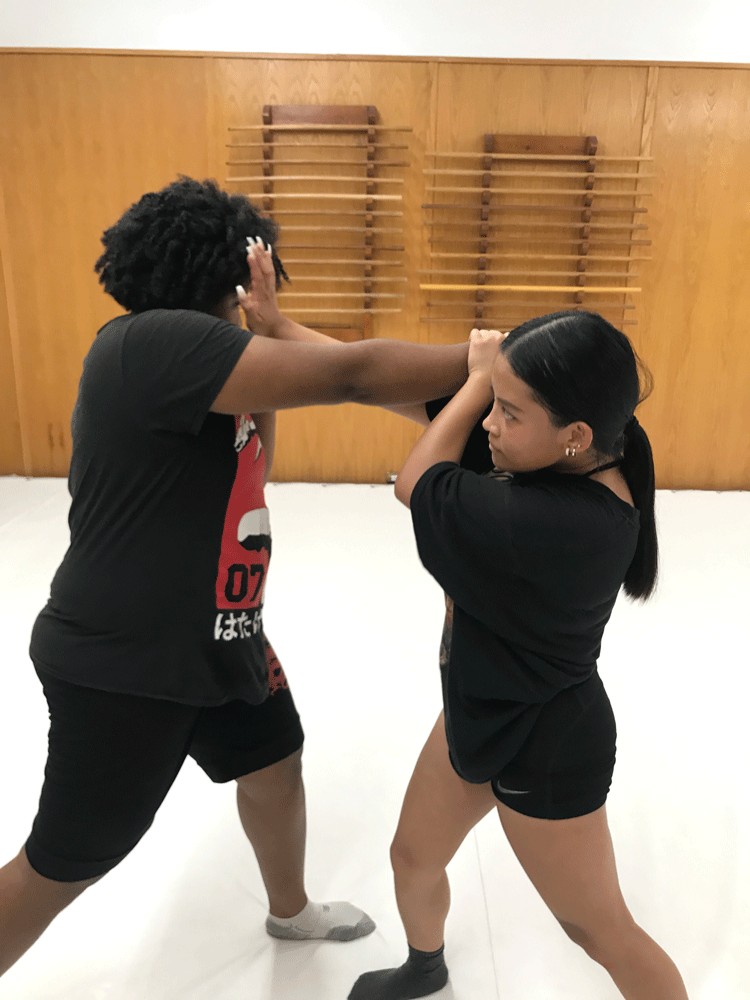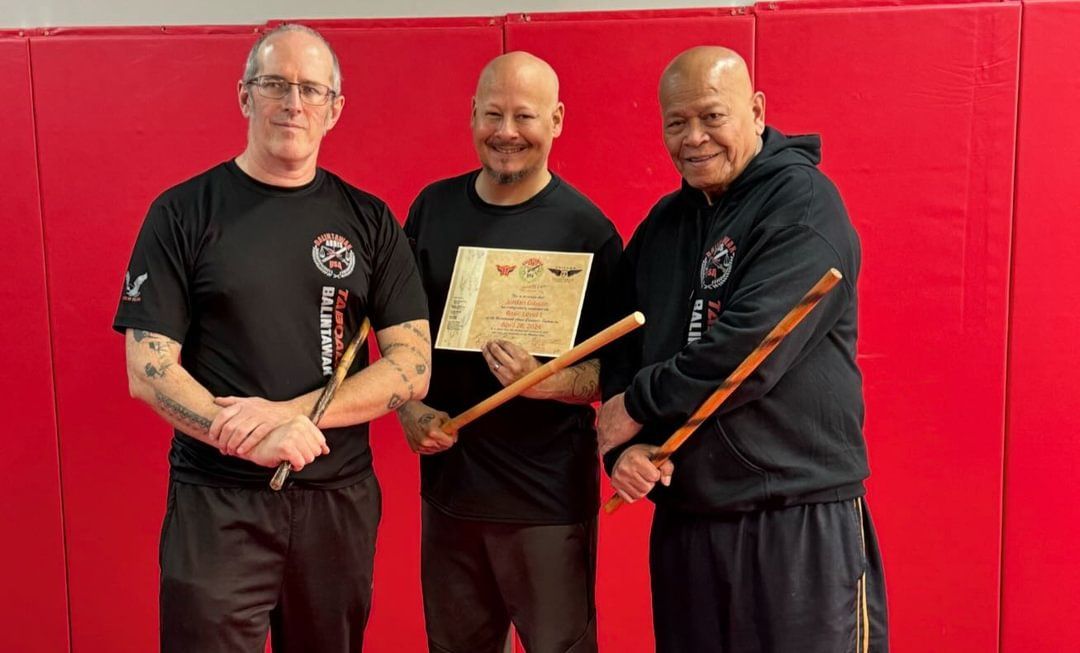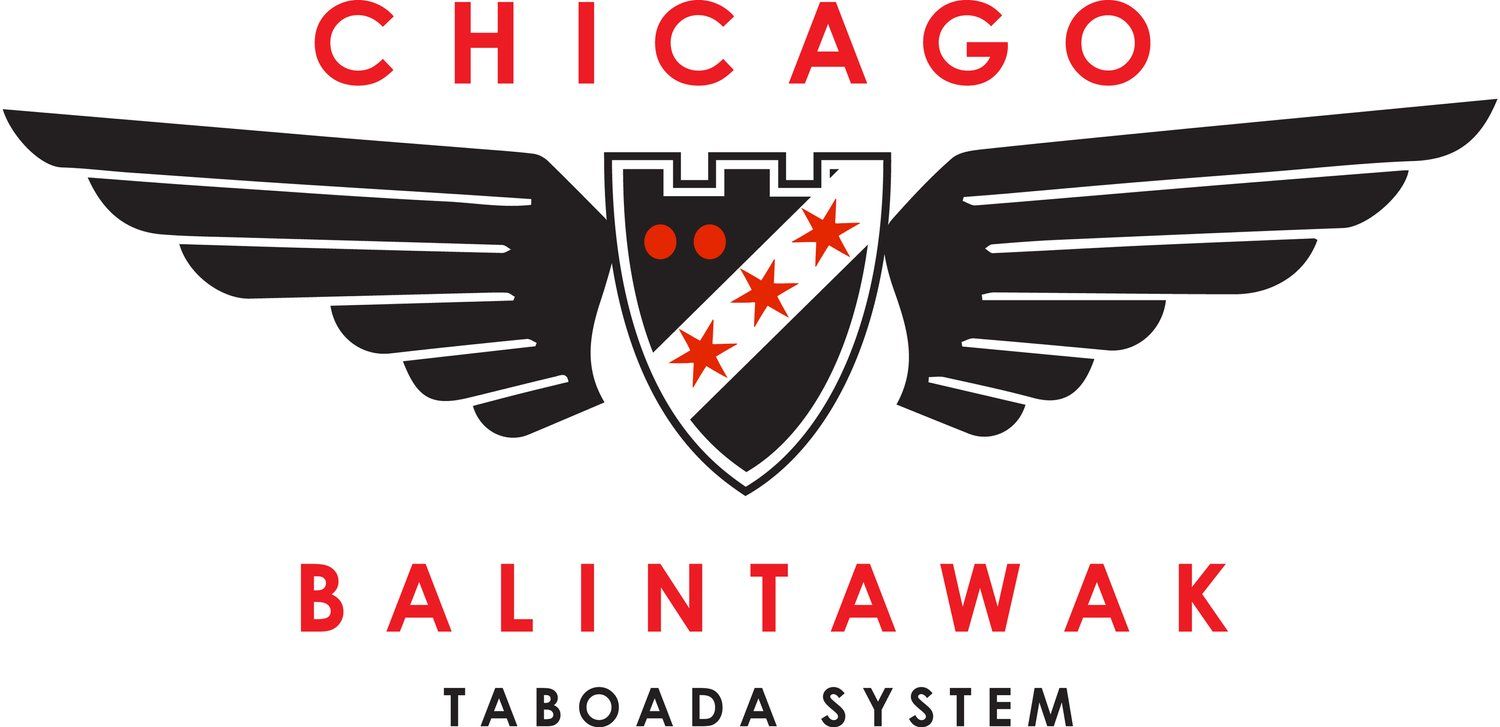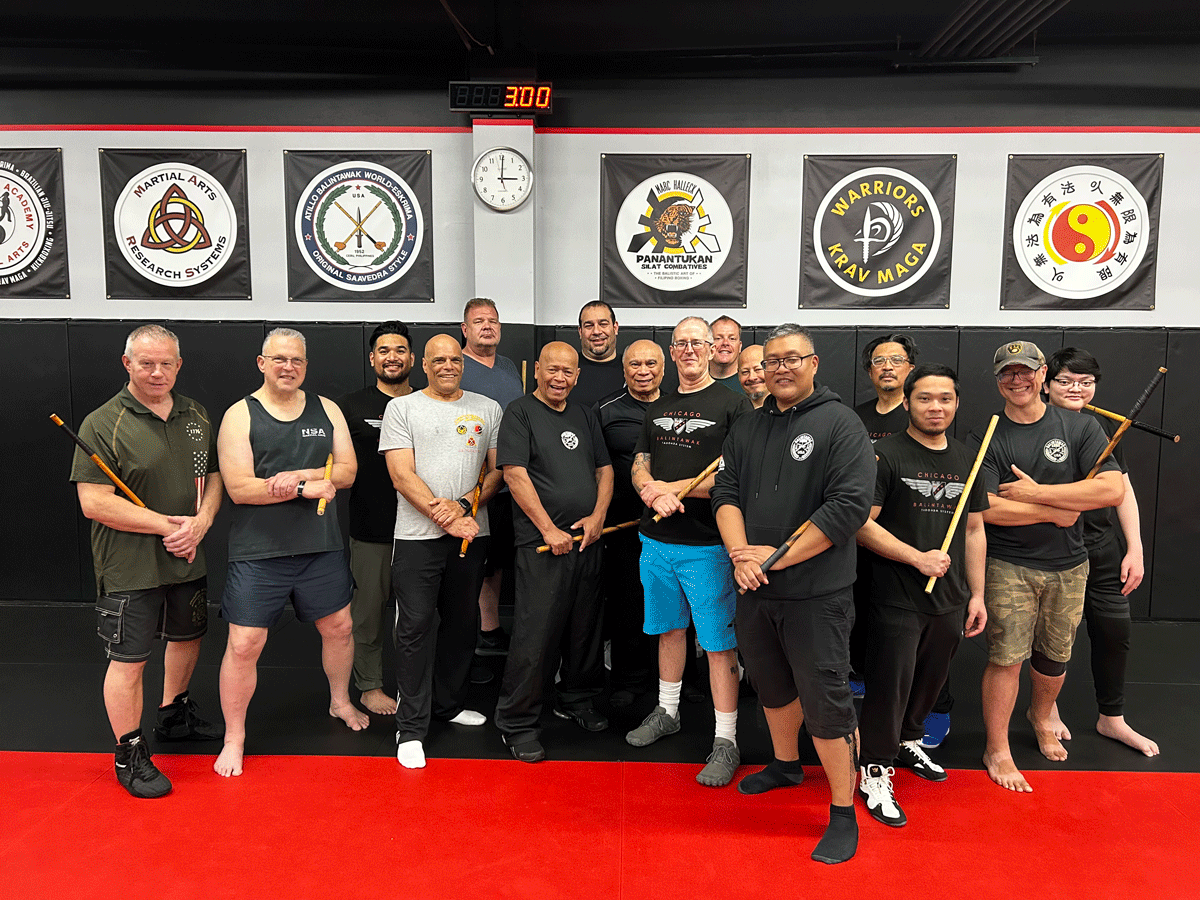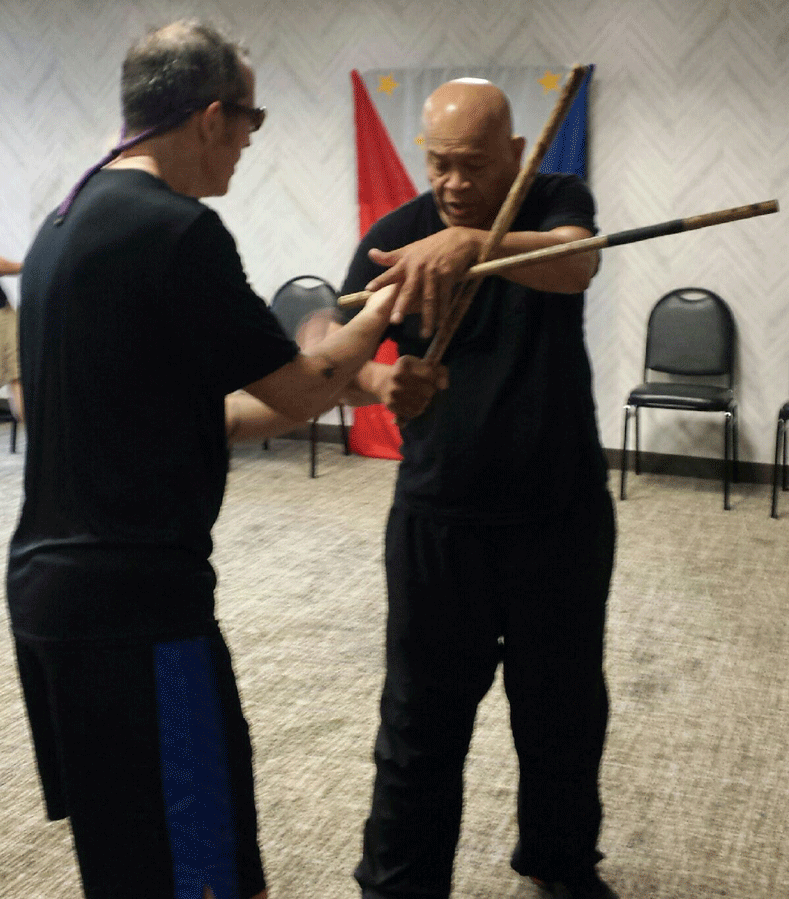How to Find Martial Arts Training on Chicago’s North Side
And What to Look for So You Actually Stick With It
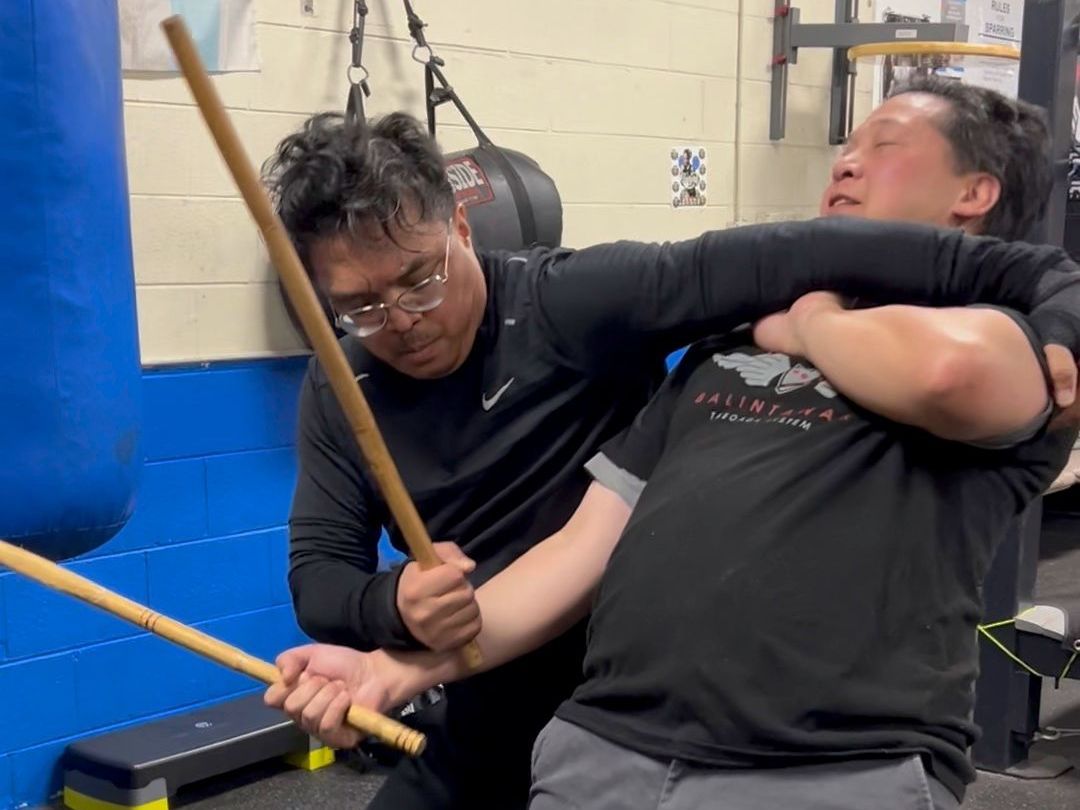
If you live in Chicago, Evanston, Skokie, or Niles, you’ve probably passed at least five different martial arts gyms without even noticing. Tae Kwon Do, BJJ, Krav Maga, Muay Thai, Karate, Kung Fu, Silat… It’s a buffet. The hard part isn’t finding a place to train—it’s figuring out what kind of training will actually fit your life.
I’ve been there. I live by Albany Park, and I’ve tried everything from Hapkido to Aikido. I work a job that doesn’t let me just clock out and forget it all. So when I started training in Filipino Martial Arts—specifically Balintawak Eskrima—it was like something finally clicked. I found a system that kept my body moving, made me feel sharp, and reminded me of why I started in the first place: I wanted to learn something practical.
So here’s what I’ve learned—whether you’re in your 30s figuring out your next step, or in your 50s still curious (and still kicking)—here’s what really matters when choosing where and what to train:
Location, Location, Location
Let’s be honest: the best martial arts school in the world doesn’t matter if you won’t go to it. Consistency beats perfection every time, and a big part of consistency comes down to location. Commuting 15–25 minutes for training is reasonable. Classes that are near you that don’t turn your commute into a chore are a game-changer. Whether you’re looking for self-defense classes in Evanston, Filipino Martial Arts in Skokie, or weapons-based martial arts near Niles, the key is keeping it within reach—mentally and geographically. You’ll make time for something if it’s close enough not to become another stressor.
At Chicago Balintawak, we hold classes inside Northside Boxing and Fitness, right on the edge of Evanston by Skokie. The location is right off public transit and by main roads like McCormick and Dempster. Easy in, easy out.
Style That Matches Your Goals
Are you looking to win medals? Lose weight? Feel safer walking to the train? Build confidence?
Different martial arts do different things. Brazilian Jiu-Jitsu is great for groundwork and sport. Muay Thai builds insane cardio. Karate offers strong discipline. Balintawak Eskrima? It’s fast, explosive, technical, and designed for real-world scenarios. You learn to move with your body, not against it—even if you’ve got an old knee or a cranky shoulder.
We swing sticks. We learn timing. We learn how to move our feet and protect our heads. It’s fun, intense, and kind of addictive.
The Right Instructor Feels Like a Guide
Your instructor isn’t just teaching you to block or strike—they’re showing you how to problem-solve under pressure.
So ask yourself:
- Do I trust this person?
- Do they see me?
- Are they flexible enough to adapt the lesson to how I learn or move?
At Chicago Balintawak, we work from a progressive curriculum—GM Bobby Taboada’s system—but each class is flexible enough to meet you where you are, whether you're brand new or returning after years away. As someone building this business from the ground up, I want every person in the room to feel like they matter. Because they do.
Community Matters
You’re gonna sweat. You’re gonna make mistakes. And you're going to spend time very close to other humans. So ask yourself:
- Do I feel welcome here?
- Do people introduce themselves?
- Can I relax enough to enjoy myself?
Training should be serious and fun. When classes feel like a game you’re all playing together—with a healthy dose of accountability—you’ll stick around.
At our classes in Evanston, we joke around. We hit stuff. We ask questions. We consider the reasons we do things. It’s not a cult. It’s a crew.
Schedule: Can You Actually Make It Work?
Life is busy. Between work, family, errands, and trying to get some sleep, it’s easy to say, “Maybe next week.”
But if the class times align with your actual schedule—and feel like something to look forward to instead of another obligation—you’re way more likely to follow through.
Currently, Chicago Balintawak offers:
- Wednesdays at 7PM
- Saturdays at 9AM
at Northside Boxing & Fitness in Evanston.
We’re also looking to open a second location soon—so if you’re in Skokie, Niles, or even Andersonville or Uptown, let us know what works for you.
Want to Try a Class?
We offer beginner-friendly intro packages. Most people who try a class end up sticking around—because they see how much this system has to offer, both mentally and physically.
Sign up for your first class at ChicagoBalintawak.com
You’ll get a shirt and training weapon when you start. And a chance to hit something after a long workweek. Win-win.
Final Thoughts
It’s never too late to start. Whether you’re a 33-year-old tired of sitting behind a desk, or a 63-year-old engineer who still moves like he’s 40, the right martial arts class won’t just teach you how to fight. It’ll help you reconnect—with your body, your goals, and yourself.
